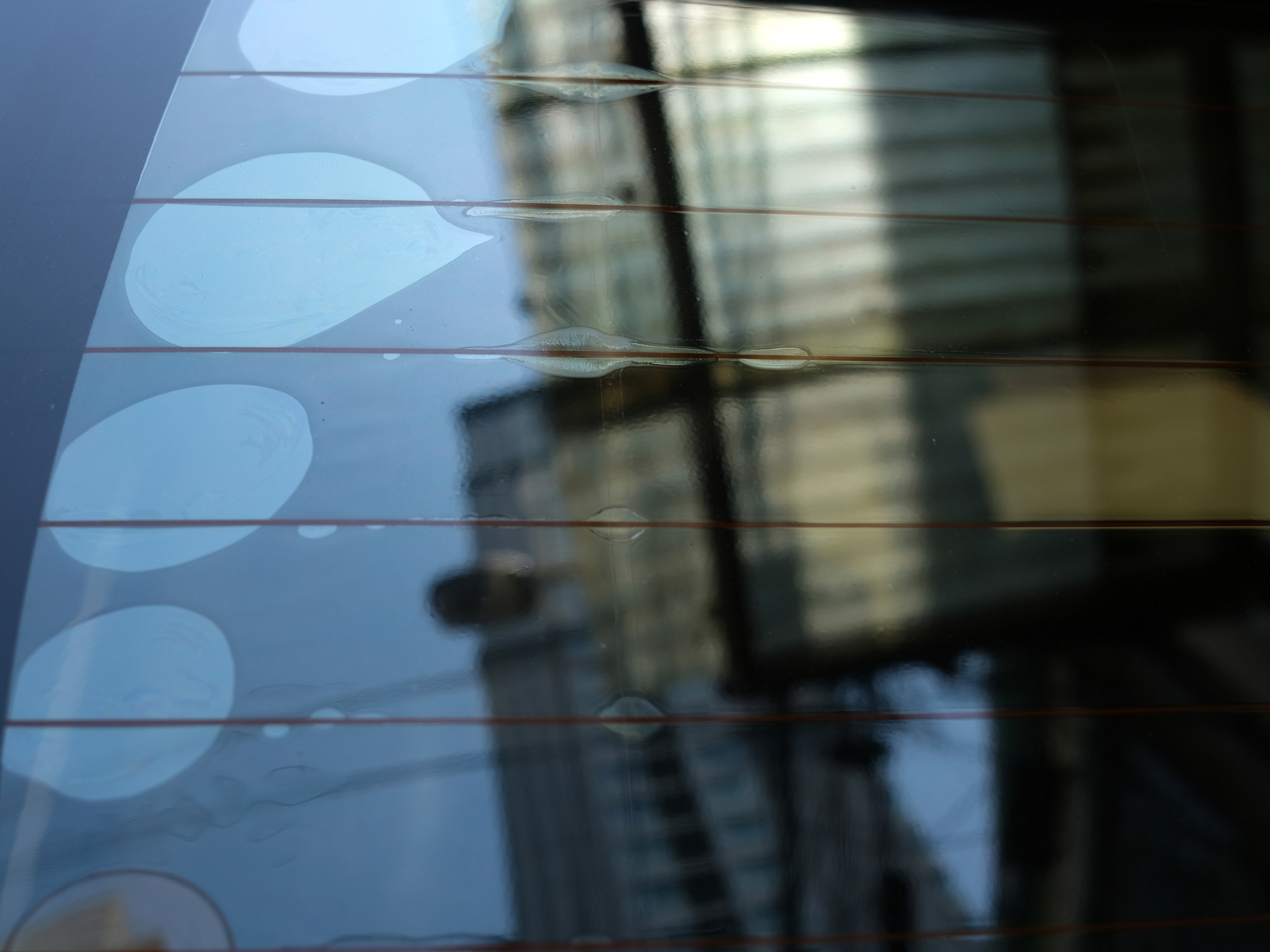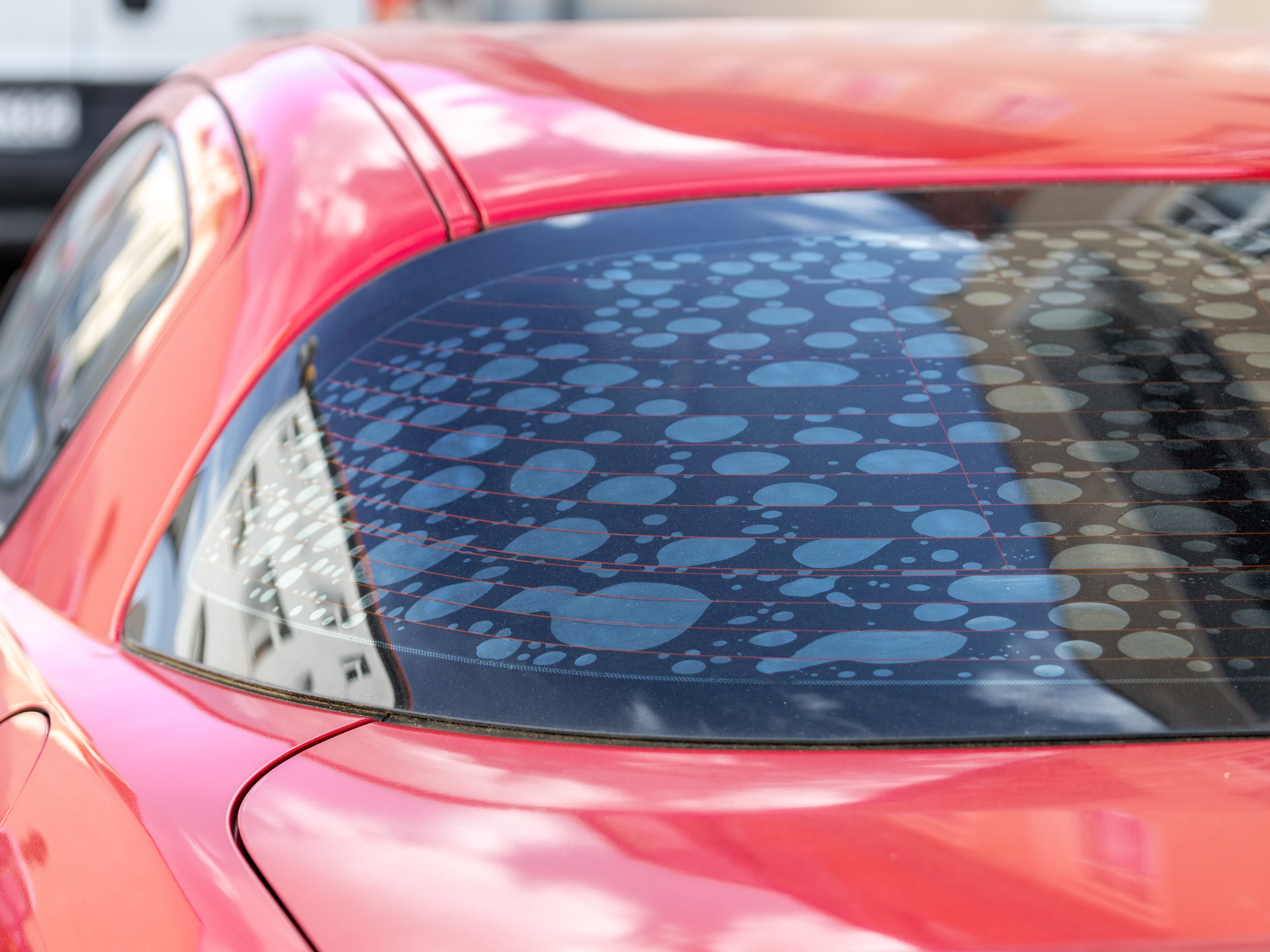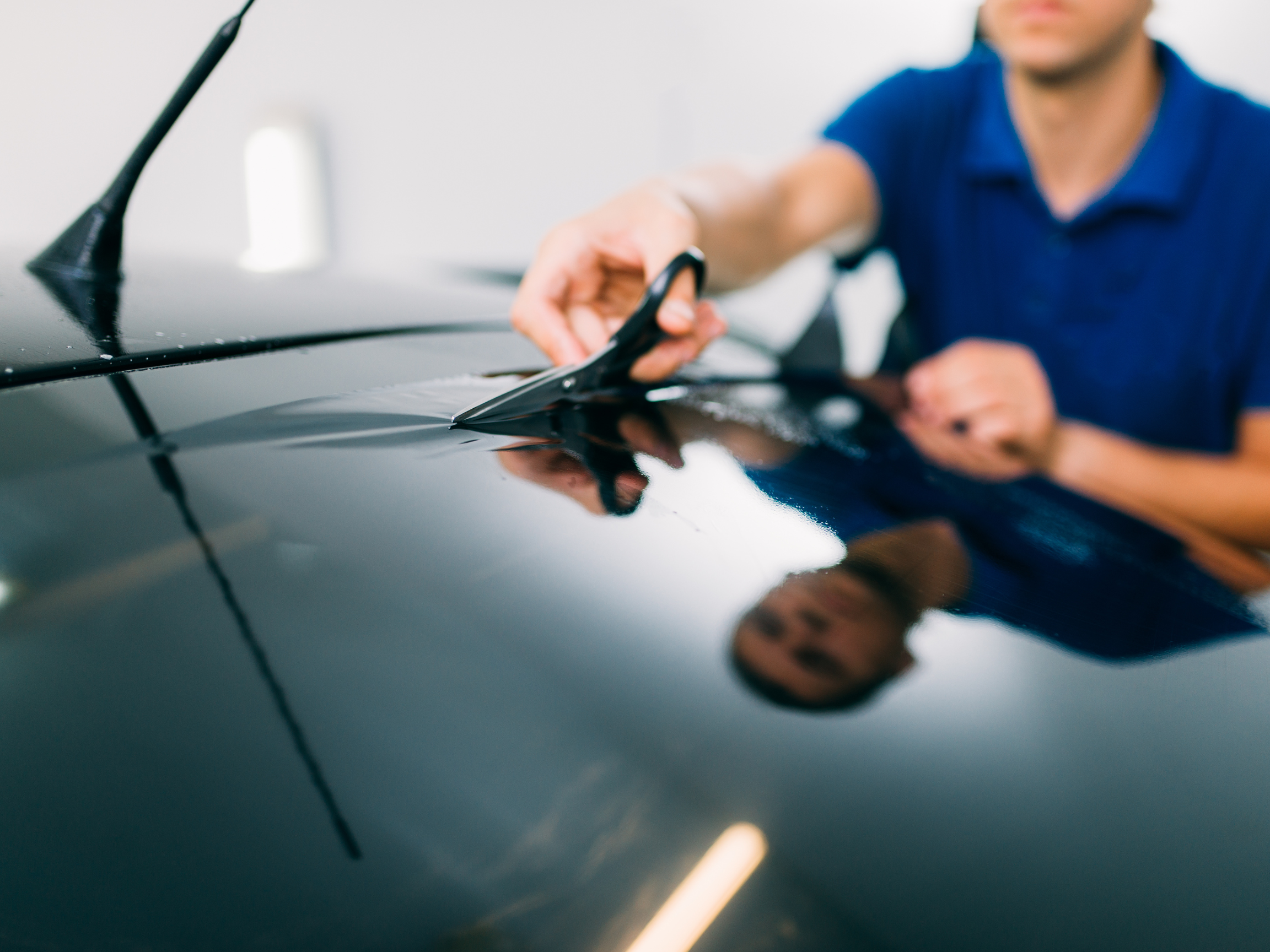Can You Replace or Fix the Bubbling Tint? Here’s What to Know
Bubbling window tint is one of the most common and most frustrating issues for car owners who value aesthetics and functionality. Whether it’s from poor installation, ageing film, or excessive heat, bubbles can quickly make your vehicle look worn and reduce the effectiveness of the tint.
But the good news is that bubbling tint can be repaired or replaced, depending on the severity. In this guide, we’ll explore how to deal with bubbling tint and how PPF car protection plays a role in keeping your vehicle looking its best long term.
What Causes Window Tint to Bubble?
Before jumping into solutions, it’s helpful to understand why bubbling happens in the first place. Common causes include:
Poor Installation: Air or moisture gets trapped between the tint film and glass during application.
Low-Quality Film: Cheaper tint often breaks down faster under heat and UV exposure.
Old Age: Over time, even good-quality tint starts to degrade.
Excessive Heat: Constant sun exposure (common in Australia) can weaken the adhesive, causing separation and bubbling.
Can You Fix Bubbling Tint?
In some cases, yes, small bubbles may be flattened or smoothed out. However, it depends on the type of bubble and how long it’s been there.
DIY Repair for Small Bubbles
If you’ve just noticed a few minor bubbles, you might try a basic DIY method:
Heat the area with a hairdryer to soften the adhesive.
Use a credit card or squeegee, wrapped in a soft cloth, to gently press the bubbles out toward the edges.
Wipe the area clean with a soft cloth to remove residue.
Note: This method works only for a freshly installed film with minor air bubbles. If the film is old or the adhesive has already broken down, it won’t solve the problem.
When DIY Won’t Work
If the bubbles are caused by adhesive failure, contamination under the film, or if they’re spreading across multiple windows, DIY fixes won’t help and can make it worse. In that case, it’s time for professional removal and replacement.
How to Replace Bubbling Window Tint
When the tint is too far gone, the best option is to have it professionally removed and replaced. Here’s how the process works:
Removal: The bubbling film is carefully peeled away, and any remaining adhesive is cleaned off using a specialised solvent.
Glass Prep: The windows are thoroughly cleaned and dried to ensure no dust or moisture is present.
New Tint Application: A new, high-quality tint is applied by professionals using precision tools to avoid air pockets and contamination.
Replacing your tint ensures a better appearance, improved UV protection, and a longer-lasting result, especially if you opt for premium film.
Why It’s Worth Investing in Quality Tint
You get what you pay for. Cheap tint films tend to bubble, peel, or discolour within a few years. On the other hand, premium tints, often backed by warranties, can last up to 10 years or more with proper care.
Better films also provide stronger heat rejection, better UV protection, and enhanced shatter resistance. When you combine window tint with PPF car protection (paint protection film), your entire vehicle benefits from a higher level of defence, both inside and out.
What Is PPF Car Protection, and How Does It Help?
PPF (Paint Protection Film) is a transparent urethane layer applied to your car’s exterior panels. While window tint shields your car’s interior, PPF car protection safeguards the exterior paint from:
Stone chips
Road debris
UV damage
Scratches
Minor abrasions
It’s especially popular among new car owners or those with high-end vehicles. While it doesn’t replace window tint, it complements it by offering complete visual and surface protection for your vehicle.
With both tint and PPF in place, you’re ensuring your vehicle retains its resale value and stays looking fresh for longer, especially important in the harsh Australian climate.
Keeping Your Tint Bubble-Free in the Future
Once your tint is repaired or replaced, follow these simple steps to maintain its condition:
Avoid rolling down the windows for 2–3 days after the new tint is applied.
Clean only with ammonia-free products and soft microfibre cloths.
Avoid abrasive tools or harsh chemicals near the tint edges.
Park in the shade or use sunshades when possible.
Schedule regular checks if your car is exposed to intense sun regularly.
These habits will keep your tint in top shape and help prevent bubbling in the future.
Enhance Vehicle Longevity with PPF Car Protection and Professional Tinting
If you’re dealing with bubbling window tint, don’t wait for it to worsen. Whether through minor DIY repair or full professional replacement, fixing the issue early prevents further damage and maintains the comfort and appearance of your car.
Pairing your window tint with PPF car protection gives your vehicle complete defence, inside and out. From harsh UV rays to flying gravel, both solutions work together to protect your investment and keep your car looking flawless for years to come.



